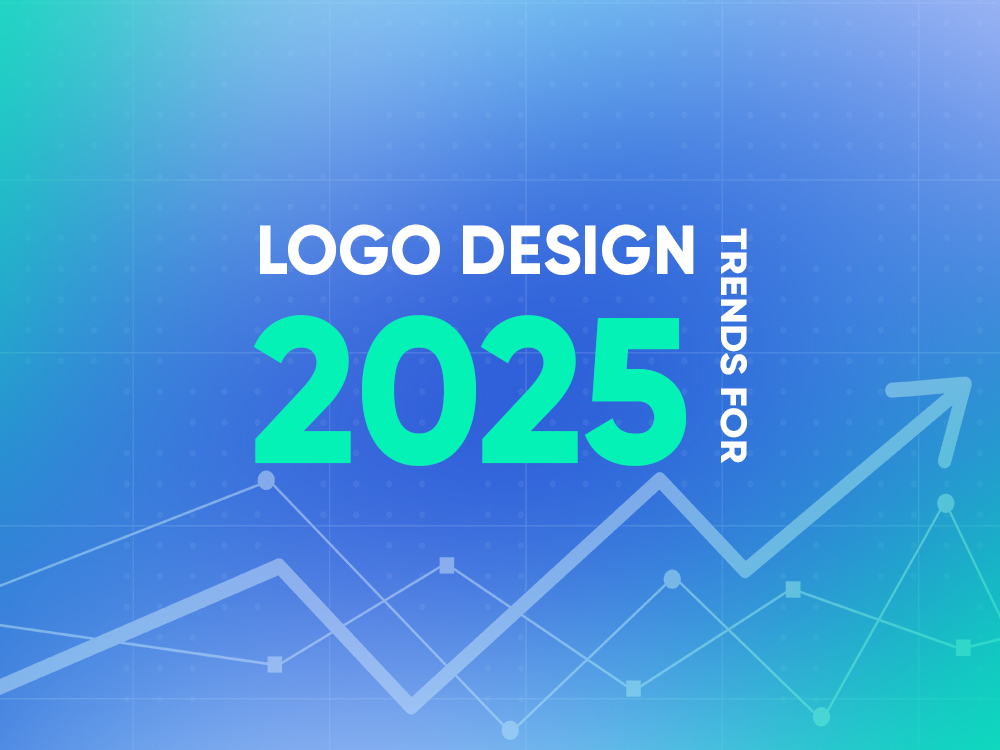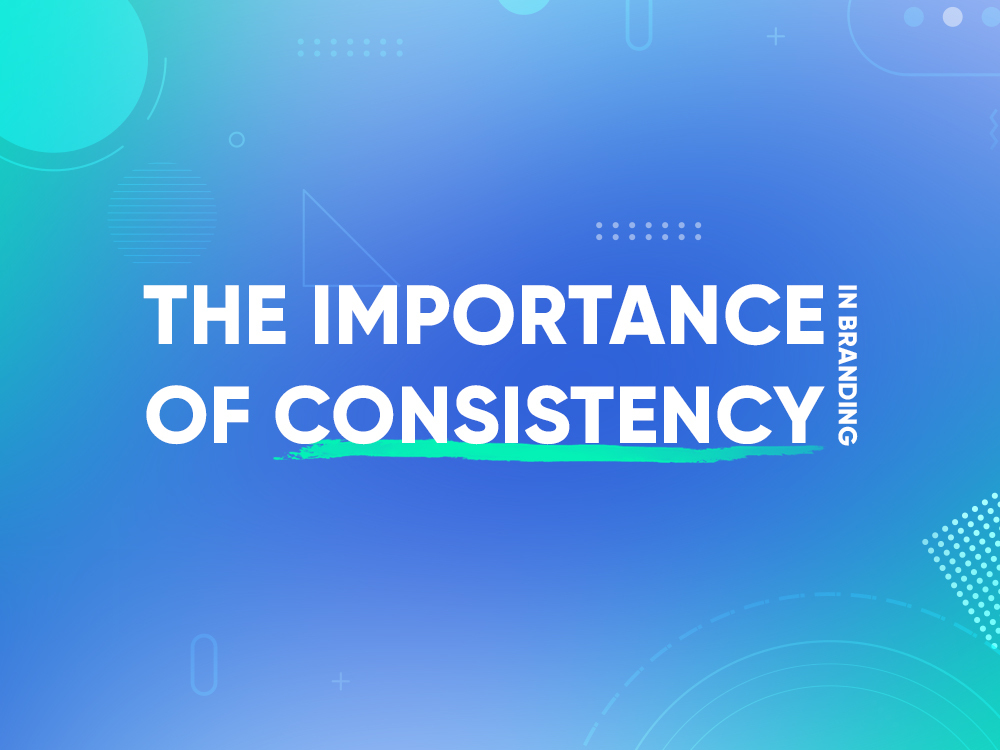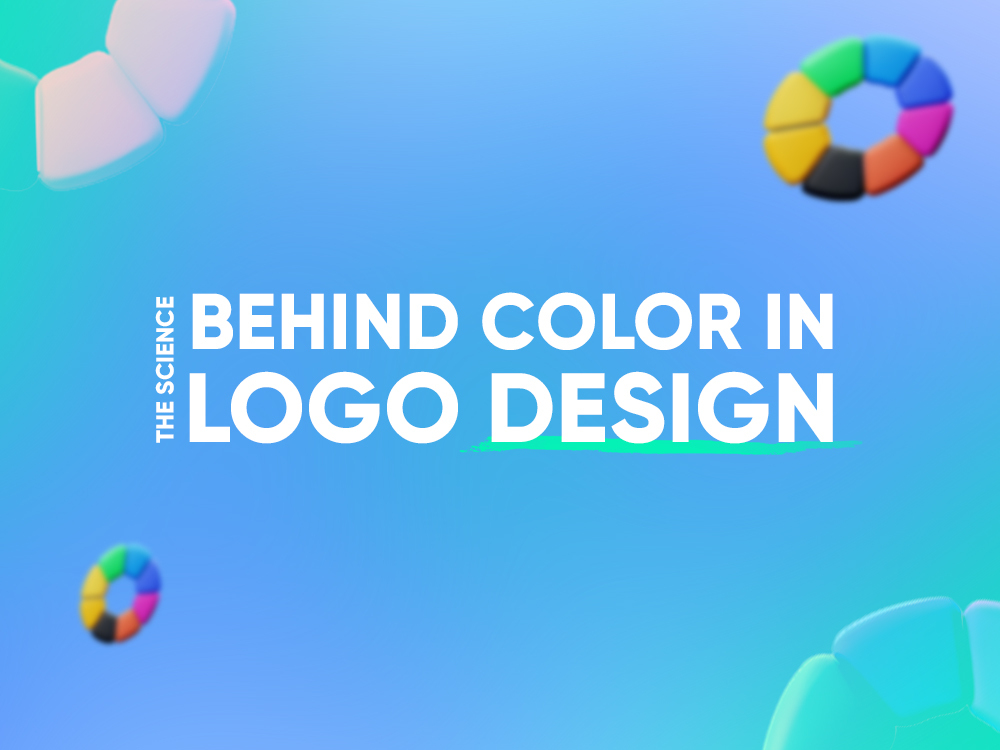Introduction
A well-designed logo is the face of your brand. It conveys your business identity, establishes brand recognition, and leaves a lasting impression on customers. With countless options available, selecting the right logo design can be overwhelming. Whether you’re designing it yourself or using a logo maker app like Logofai, this guide will help you make an informed decision.
1. Understand Your Brand Identity
Before creating a logo, you must have a clear understanding of your brand identity. Ask yourself:
- What are my brand values?
- Who is my target audience?
- What emotions should my logo evoke?
- How do I want my brand to be perceived?
Your logo should visually communicate your brand’s message. A fun, playful brand may opt for a colorful and bold logo, while a luxury brand might prefer an elegant and minimalist design.
2. Choose the Right Logo Type
Logos come in different styles, and selecting the right one depends on your brand’s personality. Here are some common types:
a. Wordmark (Logotype)
A wordmark logo is purely text-based, using typography to create a unique identity. Brands like Google and Coca-Cola use this type of logo. This style works well if your brand name is distinctive and easy to remember.
b. Lettermark (Monogram)
Lettermark logos consist of initials, like IBM or HBO. If your brand name is long, a lettermark can simplify branding while maintaining recognition.
c. Icon (Symbol or Pictorial Mark)
An icon-based logo uses a symbol, such as Apple’s apple or Twitter’s bird. This approach is effective for brands with strong recognition or those looking for a memorable visual representation.
d. Combination Mark
A combination mark includes both text and a symbol, like Adidas or Burger King. This type offers flexibility in branding, as you can use the text and icon together or separately.
e. Emblem
An emblem logo features text within a symbol or badge, like Harley-Davidson. It’s ideal for brands that want a classic, authoritative look.
3. Select the Right Colors
Color plays a crucial role in logo design as it evokes emotions and influences perception. Here are some color associations:
- Red – Passion, excitement, and energy (Coca-Cola, YouTube)
- Blue – Trust, professionalism, and calmness (Facebook, IBM)
- Yellow – Optimism, friendliness, and warmth (McDonald’s, Snapchat)
- Green – Growth, nature, and health (Starbucks, Whole Foods)
- Black & White – Elegance, sophistication, and simplicity (Chanel, Nike)
Choose colors that align with your brand’s message and resonate with your audience.
4. Pick the Right Font
Typography is a critical element in logo design. Fonts convey personality and brand tone. Consider these font styles:
- Serif Fonts – Classic, trustworthy, and professional (Times New Roman, Garamond)
- Sans-serif Fonts – Modern, clean, and straightforward (Helvetica, Arial)
- Script Fonts – Elegant, creative, and personal (Lobster, Pacifico)
- Display Fonts – Unique, eye-catching, and bold (Comic Sans, Impact)
Ensure your font is legible and scalable, working well across different platforms.
5. Keep It Simple and Versatile
A good logo should be simple and adaptable. Avoid overly complex designs that may lose clarity when resized. Your logo should look great in:
- Color and black & white
- Small and large sizes
- Digital and print formats
Test your logo on different backgrounds and devices to ensure visibility and impact.
6. Use a Professional Logo Maker
If you’re not a designer, a logo maker app like Logofai can simplify the process. These tools offer pre-made templates, AI-generated designs, and customization options to create a professional-looking logo without hiring a designer. Benefits include:
- Cost-effective solutions
- Quick and easy customization
- High-resolution file downloads
- AI-powered design suggestions
7. Gather Feedback and Refine
Once you’ve created a logo, gather feedback from colleagues, customers, and design professionals. Ask them:
- Does the logo represent the brand well?
- Is it memorable and visually appealing?
- Does it stand out from competitors?
Use constructive criticism to refine your design and ensure it aligns with your brand’s vision.
8. Ensure Scalability and Trademark Protection
Before finalizing your logo, ensure it is scalable and works across various mediums. Additionally, check for trademark availability to prevent legal issues. A unique logo helps maintain brand integrity and prevents conflicts with existing businesses.
Conclusion
Choosing the right logo design is essential for building a strong brand identity. By understanding your brand, selecting the appropriate style, and using tools like Logofai, you can create a logo that resonates with your audience. Whether you opt for a professional designer or a logo maker app, ensure your logo is simple, versatile, and aligned with your brand’s personality.
Start designing your perfect logo today and make a lasting impression on your audience!






